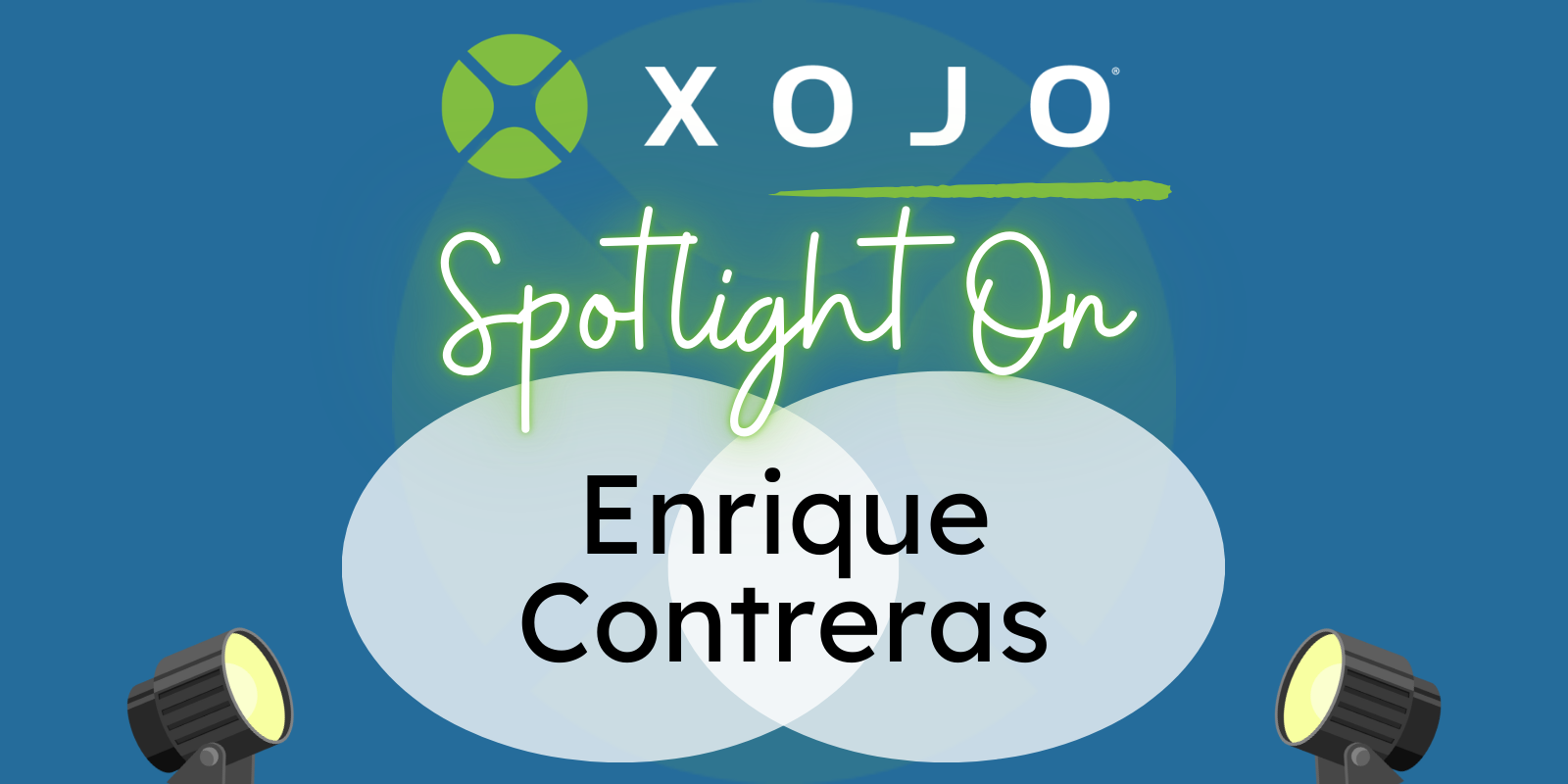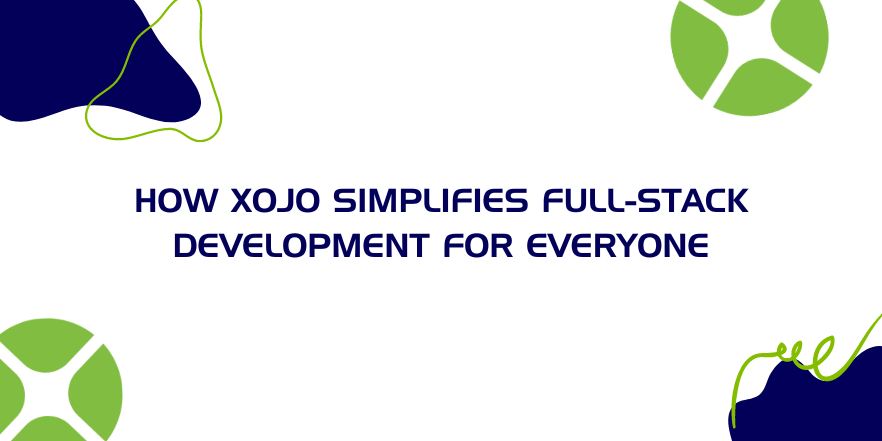Spotlight On posts focus on Xojo community members. We’ll use this space to tell the stories of people using Xojo, share amazing Xojo-made apps and…
Comments closed108 search results for "deploy"
If you are a longtime 4D developer you may recognize my name because I worked for 4D, Inc. (then ACIUS, Inc.) back in the early…
Comments closedStarting with Xojo 2024r4 it is possible to apply Sandboxing, Hardened Runtime and Notarization on macOS apps built from the Xojo IDE on macOS and Windows.
Comments closedI had a call recently from a customer whose upstream supplier informed them that they would not be accepting anything less than TLS 1.2 encryption.…
Comments closedImagine building a complex online marketplace with millions of users and a vast product catalog. How can you ensure scalability, flexibility, and resilience in such…
Comments closedI truly enjoy creating things with Xojo. This time, I built a little game with Xojo Web just to see if it was possible. In…
Comments closedThe demand for skilled full-stack developers continues to grow in 2024. These developers handle both the frontend and backend of applications, ensuring a smooth user experience from start to finish. As businesses strive to deliver robust, efficient and visually appealing applications, developers and their choice of programming tools can impact the speed, scalability and overall performance of a full software solution.
Presented with choosing what development tool is best for your main, full-stack development needs, let’s discuss the benefits of Xojo development platform for your next web project. With its simplicity, flexibility, and powerful features, Xojo will help you create high-quality web applications quickly and efficiently, with the added bonus of covering backend and frontend development in the same IDE—no more language switching—while also lowering your overall costs.
Comments closedBack in March we wrote about Apple’s new privacy policy for AppStore approval and how, and when, your Xojo iOS apps would meet this new requirement. In Xojo 2024r2 we’ve included a new Privacy Editor in the Xojo IDE. Continue reading to discover how to use the iOS Privacy Editor.
Comments closedThere are many ways to develop with Xojo and use Database Servers. You might be working on a multi user Desktop Application that stores data in a Database. Or you’re creating a multi user Xojo Web Application that needed to be scaled up to a couple of running instances – and use a Database for data storage. Or maybe you’ve written a mobile application that connects to a Backend REST API – again possibly written in Xojo (e.g. with the open source Express, or with Xojo Web).
Comments closedThe technology and development world is always changing. First released in 1998, Xojo’s longevity is a testament to its ability and willingness to adapt from…
Comments closedCan't find what you're looking for? Try refining your search:


